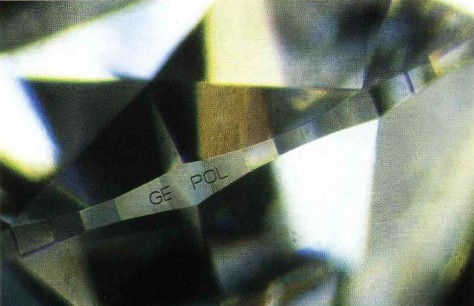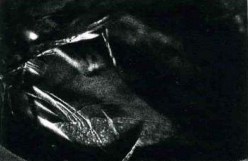
At the frontier of research: irradiation experiments on corundum
By Dr. M.S. Krzemnicki, first published in Facette 28 (May 2023)

As is known in the gem trade, the colour of certain gems may be caused or influenced by the presence of colour centres (a type of defect in the crystal structure that can absorb light and thus result in colour, that can be present both in stable or unstable form). Such colour centres can be present and active naturally, or can be created or activated artificially, e.g. by an irradiation treatment. An unstable colour centre may result in a reduction of colour saturation, as in certain yellow sapphires, or in a shift of colour as in certain fancy sapphires of padparadscha-like colour over time (see also article on page 61 in this SSEF Facette). Consequently, SSEF has since many years been testing the colour stability of yellow sapphires and padparadscha sapphires submitted to the lab. More recently we have also started to apply our colour stability protocol to rubies exhibiting a slightly orange secondary hue, specifically but not limited to rubies originating from Mozambique (see SSEF Newsletter from March 2022, https://www.ssef.ch/media/). So far, after having tested hundreds of rubies in the past few months, we have not encountered a single ruby showing an unstable colour after testing.
However, in light of information gathered over the past year from several reliable sources in the trade, it is known that a number of rubies (e.g. of purplish tint) and purple to pink sapphires have been treated by a small number of individuals using cancer radiotherapy equipment to enhance their colour. These stones were usually sold undisclosed. The irradiation treatment can induce a yellowish colour centre in corundum that results in a shift to a more attractive colour hue (e.g. purplish red shifts to red). Based on our latest knowledge, this treatment may induce a notable colour shift which is to some extent unstable. However, the colour will not fully shift back to the original state when exposed to a colour stability test, thus the treatment still results in a colour enhancement when compared to the initial colour of such stones.

Our approach to this major challenge to the trade is on two levels. Firstly, by expanding our colour stability testing protocol also on certain rubies (see above), and secondly and most importantly by investing important resources into research on this highly complex issue. For this, we have started a collaboration with a specialised radiosurgery institution in Switzerland, using their linear accelerator (Figure 1) to irradiate well characterised ruby and pink sapphire samples with high radiation doses (Figure 2).
These experiments are still ongoing, but we hope that we find analytical criteria to detect such irradiation treatment applied to corundum. We can already say that we were successful in shifting the colour for some of our samples by our own treatment from pink to orange.
We are confident to be able to update our clients and the trade in the near future about our findings and potential criteria to detect this treatment.


